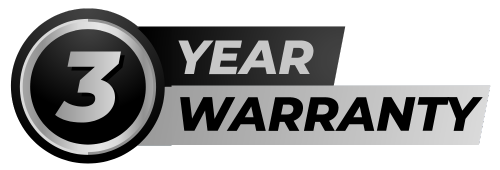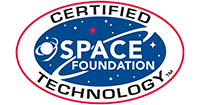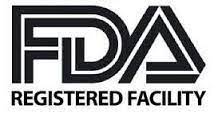Red Light Therapy Is the New ‘It' Muscle Recovery Treatment, and Experts Are Giving It the Green Light
Experts agree that nothing (nothing!) will fast-track your post-exercise recovery more than a good night of sleep. But once your Zzzs are dialed in, you can help your body recoup from your workout even more these days with a variety of fancy-shmancy recovery tools. The latest treatment to catch the eyes (er, muscles) of fit-influencers and professional athletes alike is something called red light therapy.
“Red light therapy has been around for a while, but in recent months it’s become the new ‘it’ treatment,” says Julia Walker, RN, BSN, with Paloma Health, an online medical practice focused on hypothyroidism. But does red light therapy for muscle recovery actually work, or is it just trendy?
What Is Red Light Therapy?
Red light therapy may go by one of several names, including photobiomodulation (PBM) or photobiomodulation therapy, low-power laser therapy (LPLT), low-level laser light therapy (LLLT), photonic stimulation, cold laser therapy, or soft laser therapy.
Like other forms of photodynamic therapy, red light therapy is based upon the principle that when the body absorbs certain wavelengths of light—in this case, the red spectrum—it causes favorable physiological responses.
The red spectrum, or the near-infrared region, has been found to be particularly effective at penetrating the skin and being absorbed by the tissues.
With red light therapy, low-power red light is applied to the skin. As these wavelengths of light are absorbed, they activate the mitochondria in your cells, which are the organelles that produce energy (ATP) for the cell.
As we age, or when we stress the body via exercise, illness, poor diet, inadequate sleep, or other various lifestyle favors, the ability of the mitochondria to produce ATP declines.
Therefore, red light therapy can be used to trigger a restoration of the energy-generating capacity of the cell.
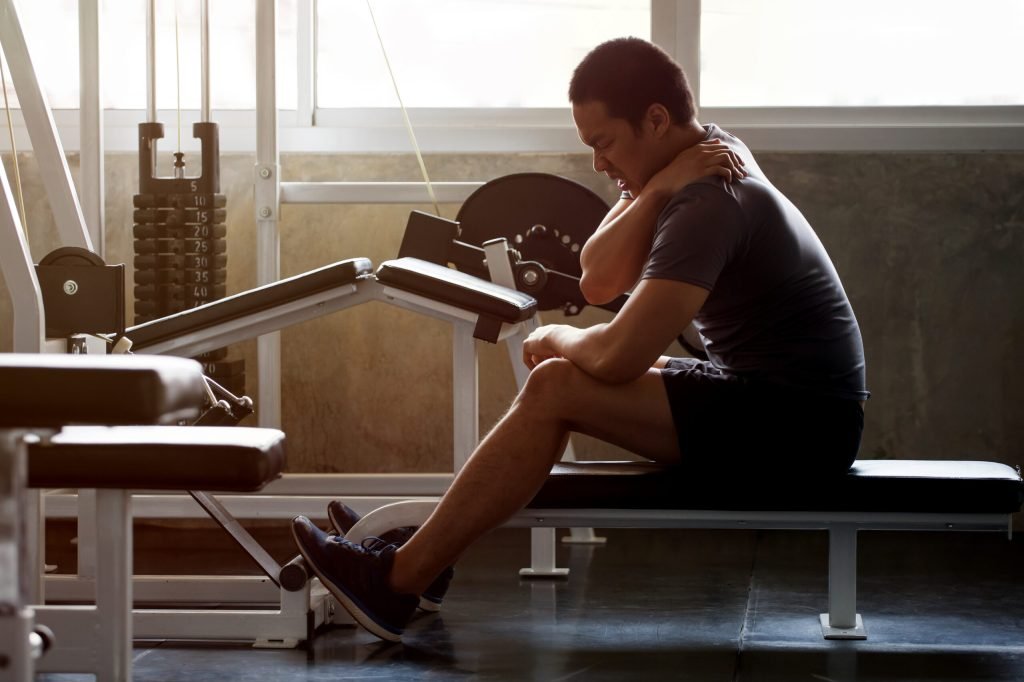
Does Red Light Therapy Improve Muscle Recovery From Exercise?
Studies suggest that red light therapy can be an effective means of facilitating recovery from exercise. A review of 46 studies investigating the effects of red light therapy (photobiomodulation) on exercise performance and recovery found that red light therapy can improve recovery from exercise by decreasing inflammation and oxidative stress in muscles while simultaneously increasing muscle mass gained after training.
How Red Light Therapy Helps Muscle Recovery
Red and near infrared light therapy help both with the healing process of muscle tears caused by exercising and with eliminating lactate from your body. Especially, if you are using a device that provides you with the appropriate red light therapy dose.
Muscle tears heal because your body sends satellite muscle stem cells ready to repair muscle fiber. Red light therapy helps by speeding up the response time of these muscle cells. This means they will reach their destination quicker and the tears will heal faster.
As for the lactate in your body, red light helps your body metabolize it, eliminating muscle fatigue. Red and near infrared light therapy boost blood flow, as well as the lymphatic system, helping them work more efficiently. These two systems are the most important elements when it comes to eliminating the toxins from the body.
Besides these direct effects on muscle recovery, there are also some additional benefits of using red LEDs for this purpose. The red light device will help you improve your sleep. Sleep is necessary for so many processes in your body and it is essential for muscle regeneration.
A red light therapy device can help you soothe the pain. This is a highly efficient, non pharmacological pain management method that you can use to manage your post-workout pain.
That’s not all. Red light therapy improves exercise results as well. Your strength exercise, as well as your efforts to increase stamina can be significantly improved. When it comes to fitness and wellness, red light therapy seems to make everything better and more efficient.
7 Benefits Of Red Light Therapy For Workout Recovery And Exercise Performance
Let’s examine some of the specific research-backed benefits of red light therapy for muscle recovery and athletic performance:
1: Red Light Therapy Can Decrease Inflammation
Studies suggest that red or near infrared light stimulates cells to increase the production of antioxidants (which capture free radicals to prevent oxidative damage) and decrease the production of inflammatory compounds. Because inflammation is at the root of muscle soreness, joint stiffness, and discomfort after exercise, red light therapy after a workout may help alleviate the severity of delayed-onset muscle soreness (DOMS) and post-exercise discomfort.
2: Red Light Therapy Can Speed Healing from Injuries
Tendinous and muscular injuries are among the top types of injuries that sideline athletes, but evidence suggests that red light therapy can speed recovery from musculotendinous injuries. Researchers note that this is due to the ability of the red light wavelengths to reduce inflammatory markers and oxidative stress, aiding recovery.
3: Red Light Therapy Can Improve Aerobic Exercise Performance
Red light therapy before a workout has been shown to increase athletic performance. For example, pre-workout red light therapy was found to increase both relative and absolute VO2 max, time until exhaustion, and anaerobic threshold during maximal-effort exercise testing. Another study that compared the effects of red light therapy or a placebo five minutes before exercise found that red light therapy improved exercise performance in an endurance running test to exhaustion while also decreasing oxidative stress and muscle damage after the workout. Finally, a study with competitive male endurance cyclists found that red light therapy helps increase time to exhaustion by decreasing the oxygen deficit or cost of the exercise.
4: Red Light Therapy Decreases Muscular Fatigue
Studies have found that using red light therapy can increase time to exhaustion and the number of repetitions performed, especially when applied before exercise. The more you can delay muscular fatigue, the more reps you’ll be able to perform in a workout, which can lead to better gains.
5: Red Light Therapy Can Boost Muscle Growth and Strength Gains
Compared to a placebo or red light therapy used after a workout, red light therapy before exercise has been shown to cause significant increases in strength and muscle growth. The researchers postulated that these benefits would help increase tissue healing and functional strength recovery in athletes with muscle injuries. Another study also found that muscle thickness in knee extensors (quads) and peak power increased significantly in athletes who received red light therapy before knee exercises over an 8-week program compared to the control group.
6: Red Light Therapy Can Decrease Joint Pain
Studies have demonstrated that red light therapy can decrease pain and functional limitations in people with osteoarthritis of the knee. Moreover, even once the red light therapy treatment intervention ended, positive benefits continued up to an additional 12 weeks. This is thought to be due to the anti-inflammatory benefits of red light therapy.
7: Red Light Therapy Can Increase Grip Strength
Inadequate grip strength is often the limiting factor for certain lifts. For example, pull-ups and deadlifts hinge upon having good grip strength.
Ora Red Light Therapy
Red Light Therapy FAQ
Are other, more scientifically vetted approaches a better choice for my skin condition? See your healthcare provider to confirm a diagnosis and discuss appropriate treatment options.
A note from Cleveland Clinic
Red light therapy is being promoted as a treatment for some common skin conditions. It’s still an emerging therapy but holds a lot of promise. If you’re interested in RLT treatment, it’s best to first discuss this with your healthcare provider or dermatologist. Your skin professional will examine your skin first and then confirm a diagnosis. Then, you’ll work together to discuss treatment options that’ll achieve your desired result. Options may or may not include red light therapy. Never hesitate to ask your healthcare provider about treatment options — including if you have an interest in a particular therapy, if it’s appropriate to use for your skin condition and if it’s safe and effective.
Red light therapy just five minutes before a workout can have substantial positive effects on your workout, including improved performance, decreased oxidative stress, reduced fatigue, shortened post-workout recovery time, and less muscle damage. It can even help you lose weight… and improve grip strength!
After workout
Red light therapy has shown much improvement in speeding up the recovery process after a particularly trying workout. Overuse of muscles can quickly lead to inflammation, so partaking in red light therapy post-workout can attack that inflammation before it surfaces.
The effects are photochemical, just like photosynthesis in plants. When the correct parameters are used, light reduces oxidative stress and increases cellular energy (ATP). This in turn improves cell metabolism and reduces inflammation. PBMT appears too good to be true as it has many applications, but really it does just one thing and it does it very well.
It reduces oxidative stress. Oxidative stress is essentially an imbalance between the production of free radicals and the ability of the body to counteract or detoxify their harmful effects through neutralization by antioxidants, is critical in helping the body recover. Oxidative stress is accepted as the underlying trigger for most diseases and degenerative conditions.
It is also a component in the inflammatory phase of acute and chronic injuries. Extensive research during last two decades has revealed oxidative stress can lead to chronic inflammation, which in turn contributes to chronic diseases including cancer, diabetes, cardiovascular disease, neurological disorders and pulmonary diseases.
Red Light Therapy has been effectively used as a nonmedical intervention for reducing recovery time resulting in athletes:
Running faster and longer with less fatigue
Lifting heavier weights
Achieving higher benchmarks sooner
As a non-medical intervention for musculoskeletal conditions such as:
Arthritis
Muscle soreness
Joint pain and stiffness
As a non-medical intervention for inflammatory conditions such as:
Fibromyalgia
Chronic fatigue
Rheumatoid arthritis
Psoriatic arthritis
See our Research & Case Studies page for how Red Light Therapy can help boost Athletic Performance and manage these conditions.
Manage Pain & Inflammation
Boost Weight Loss
Enhance Athletic Performance
Rejuvenate Skin
Reduce Fatigue
Pregnancy and cancer and clients that have had organ transplants. More research is necessary to detect any potential adverse effects on patients with these conditions before PBM Therapy can be utilized by these clients.
Yes, with parental informed consent.
All persons present during device operation must wear approved protective eyewear. Prescription contacts or glasses can be worn under goggles. Protective goggles are provided.
It is recommended 3 x per week until desired effects until goals are met. At that time you can reduce to 1 or 2 x per week for maintenance and wellness depending on your goals.
PBMT does not heat tissue, it does however increase circulation so a warming sensation is often experienced. Reported subjective feedback:
Temporary euphoric feeling.
Increased energy levels.
Improved sleep patterns.
Improved mood.
Improved skin clarity and tone.
Improved bowel function.
Decreased swelling of extremities.
Increased energy.
Increased mental clarity.
Increased general sense of well being.
These outcomes may not apply to every person, and are not intended to guarantee, promise, represent and/or assure that anyone will achieve the same or similar results. Occasionally some clients may experience mild fatigue, discomfort, or aches after treatment. These responses should reduce after 24-48 hours, if they persist notify your technician at your next appointment.
This Full Body Wellness Light Pod is a General Wellness Device. The device is built according to current Good Manufacturing Practices and is in compliance with applicable standards as required by FDA.
THE CLASS I INTENDED USES ARE:
Restoration of motion to joints
• Redevelop muscles
• Adjunct to obesity as part of a diet and exercise program
THE CLASS II INTENDED ARE:
Relaxation of muscles and relief from muscle spasms
• Temporary relief of minor muscle and joint aches, pain and
stiffness
• Temporary relief of minor pain and stiffness associated with
arthritis
• To temporarily increase blood circulation
No. The LEDs are cooled by a patent-pending cooling system to keep you comfortable.
10 – 15 minutes.
Every person’s condition is unique, therefore the treatment course is as well. However, there are some general rules of thumb that apply to PBMT.
Acute injuries and inflammation from muscle strains and sprains, cuts, bruises, burns, etc typically show very rapid improvement and can resolve in 3/4 times a weeks. Long-term, chronic conditions can take 2-3 weeks to get significant benefits, weeks to months for maximum benefits, then weekly or bi-weekly sessions may be necessary to maintain benefits. We recommend starting with 3 sessions for 3 weeks. Maintenance is 1 or 2 sessions a week depending on your goals.
To date there are over 550 Randomized Controlled Trials and over 4000 laboratory studies have been published using PBM devices. PBMT is used in thousands of clinics, hospitals and elite sports institutions in over 70 nations. There are approximately 40 new papers per month being published. The primary evidence is in musculoskeletal pain and dysfunction, however a wide variety of conditions are being studied as well. To review the published research, go to PubMed.gov and search by the terms Photobiomodulation, LLLT or Low Level Light Therapy.
Red Light Therapy can now be delivered to the entire body using a state of the art FULL BODY DELIVERY SYSTEM. Now in just 10 minutes, a full body light session that targets inflammation and stimulates repair can be delivered.
Wear whatever you want, preferably something easy to take off.
In your session, you will want to take off all clothing since light will not penetrate through cloth.
